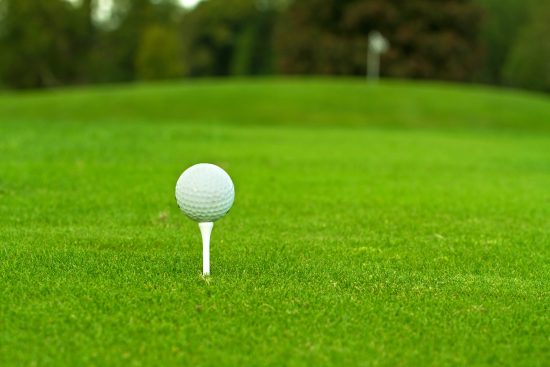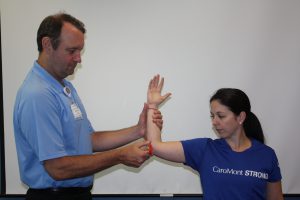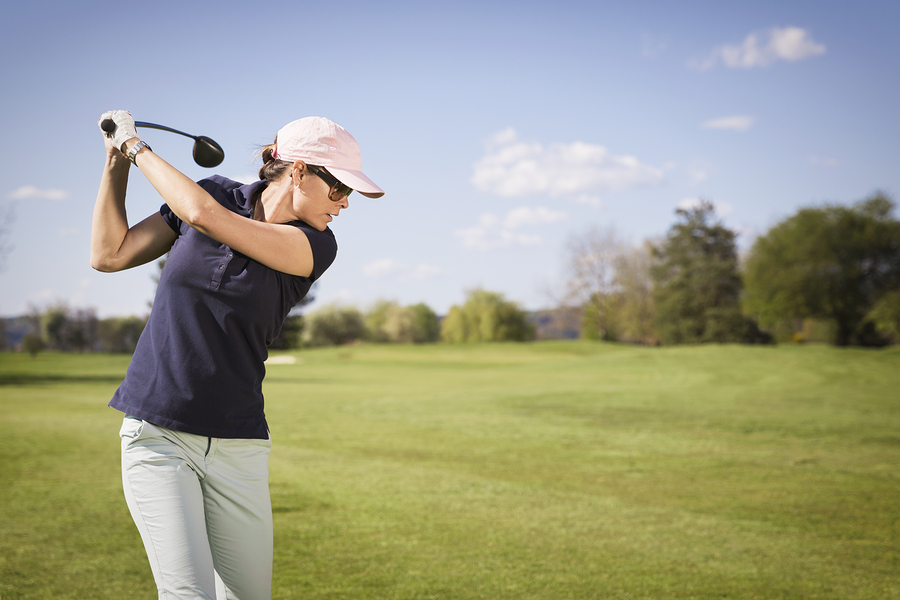
By Bob Forman
Ever since its introduction in 2006, the golf fitness technology has been helping golfers play better, healthier golf. You’d be hard pressed to find a tour player that hasn’t included a golf fitness instructor to his or her professional team. As word is getting out about the many benefits, more and more amateur golfers are seeking this expertise as well.
Benefits such as greater distance, better ball contact, more consistency, and improved playing performance and satisfaction are all desirable outcomes that can be obtained from a well designed golf fitness program. Reducing golf-specific aches and pains and helping injured golfers get back out on the golf course are also very coveted results for many.
The reason for this rapid growth in golf fitness and its impact on the game is that for the first time we are taking a look at the mechanism that is swinging the golf club, the golfer. Up until 2006 the only available options a golfer had to improve their game were external in nature…a new driver, the latest in golf ball technology, teaching aides, golf lessons, and/or a subscription or two to a golf publication.
 Though good and necessary, these options are analogous to putting four new, top of the line tires on a newly purchased used car that doesn’t run well and expecting the car to run better. Without a tune-up to the engine, the mechanism that’s running the car, those tires won’t really make much of a difference.
Though good and necessary, these options are analogous to putting four new, top of the line tires on a newly purchased used car that doesn’t run well and expecting the car to run better. Without a tune-up to the engine, the mechanism that’s running the car, those tires won’t really make much of a difference.
The same goes for golf as the research clearly demonstrates a very strong correlation between anatomical deficiencies in the body and inefficiencies in the golf swing. These deficiencies, in the form of muscle weakness, tightness, and imbalances, lead-up to poor swing mechanics, poor performance, and an increased risk of injury. Without fine tuning the body, it really won’t matter much what type of driver or golf ball the golfer is using. The result is generally the same. But identify and correct the muscle deficiencies that are holding back performance and it’s a refreshing improvement to the game.
In order to accomplish this, the golf fitness program must start with a physical assessment. This fairly simple to administer series of screens will bring out the golfer’s problem areas and offer a personalized road map as to what course of action is necessary. Once this has been done, a targeted program of corrective exercises can be designed to correct the golfer’s deficiencies. This manages the exercise time better and expedites benefits so that improvements in the game will be noted sooner out on the golf course. Golfers can expect to gain some distance, not ache as much after a round of golf, and have a better feel about their game. Nagging injuries may also start to improve or dissipate entirely.
 A good time frame for the corrective phase is based on the number and severity of deficiencies, but generally significant results can be achieved in as little as a few weeks. Compliance to the recommended exercises is a major influence in that outcome. Once sufficient progress has been achieved, the golfer can transition into more golf specific strength and balance exercises. These functional exercises should isolate and mimic specific movement patterns of the golf swing and build upon and enhance what has been achieved in the corrective phase. They should address the physical demands and the environmental forces the golfer is confronted with so as to further improve ball contact, swing consistency, and shot accuracy.
A good time frame for the corrective phase is based on the number and severity of deficiencies, but generally significant results can be achieved in as little as a few weeks. Compliance to the recommended exercises is a major influence in that outcome. Once sufficient progress has been achieved, the golfer can transition into more golf specific strength and balance exercises. These functional exercises should isolate and mimic specific movement patterns of the golf swing and build upon and enhance what has been achieved in the corrective phase. They should address the physical demands and the environmental forces the golfer is confronted with so as to further improve ball contact, swing consistency, and shot accuracy.
Improving strength and balance will result in less fatigue during the round. With less fatigue, the golf swing will remain consistent throughout, producing good ball contact from the first tee to the 18th green. It will also reduce the incidence of injury as oftentimes, fatigue is a precursor to injury. Distance will continue to improve as a result of this phase, but if distance is truly a desire then power exercises should eventually be added. Power produces speed and that comes from the recruitment of the fast-twitch muscle fibers. These fiber types are responsible for short, quick bursts of energy, like when swinging a golf club. Enhance the recruitment process and swing speed increases. That equates to even more distance down the fairway.
Golf fitness, though still relatively new, is making a huge impact on the game and the way golfers are approaching it. Working with a certified Golf Fitness Instructor who has a firm knowledge about body physiology, and exercise design and progression is highly recommended and will maximize the golf fitness experience. Once engaged, you’ll enjoy the many benefits your golf fitness program will offer. Combine it with swing instruction and proper equipment, and you’ll truly experience the ultimate package in player development.


